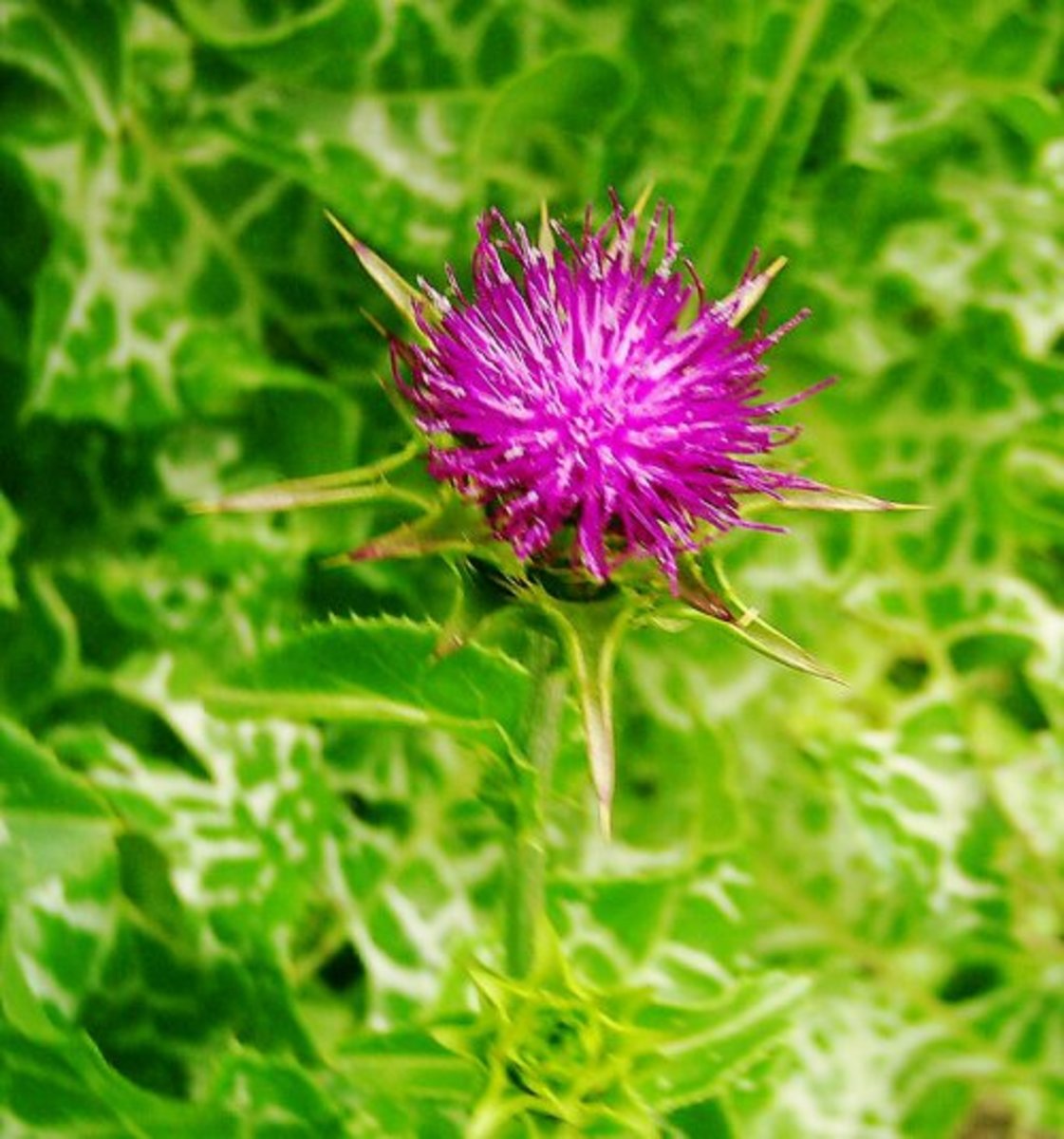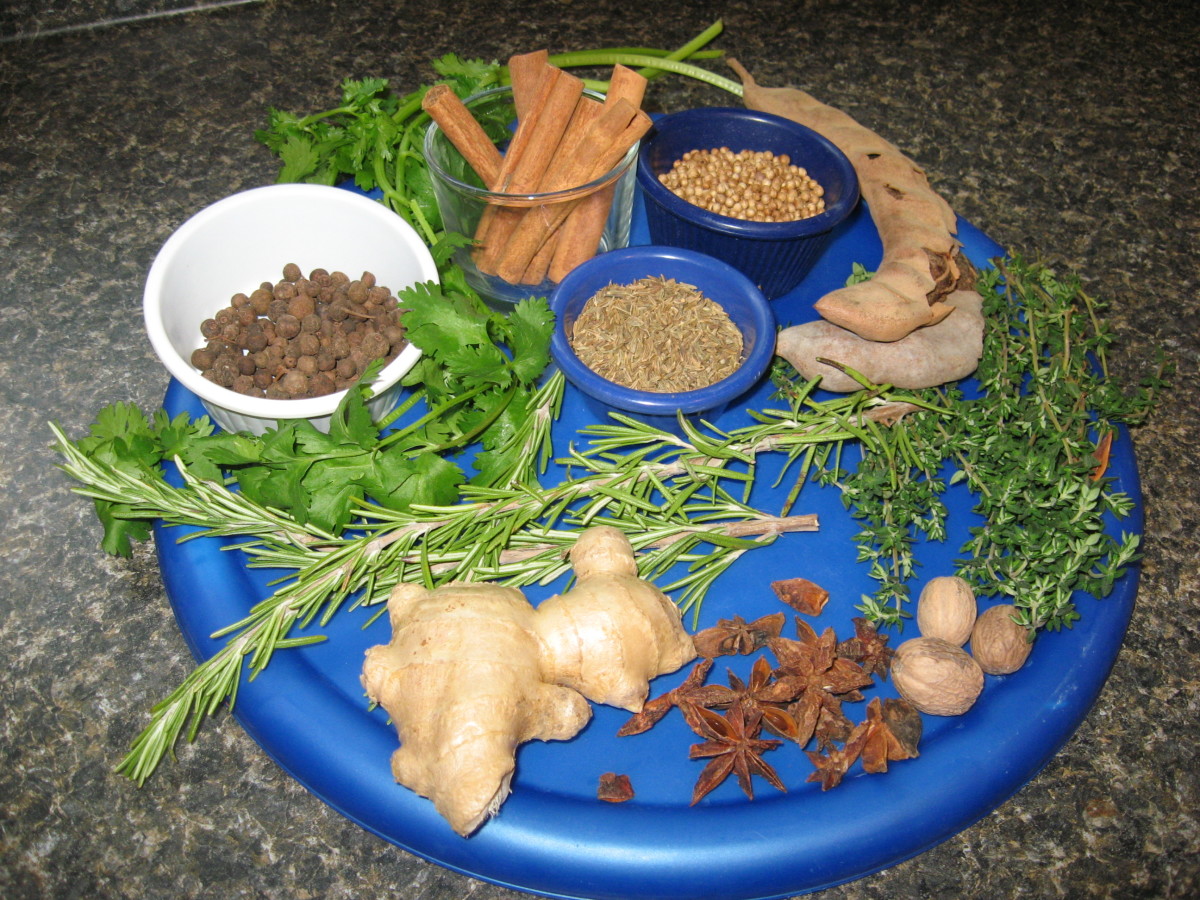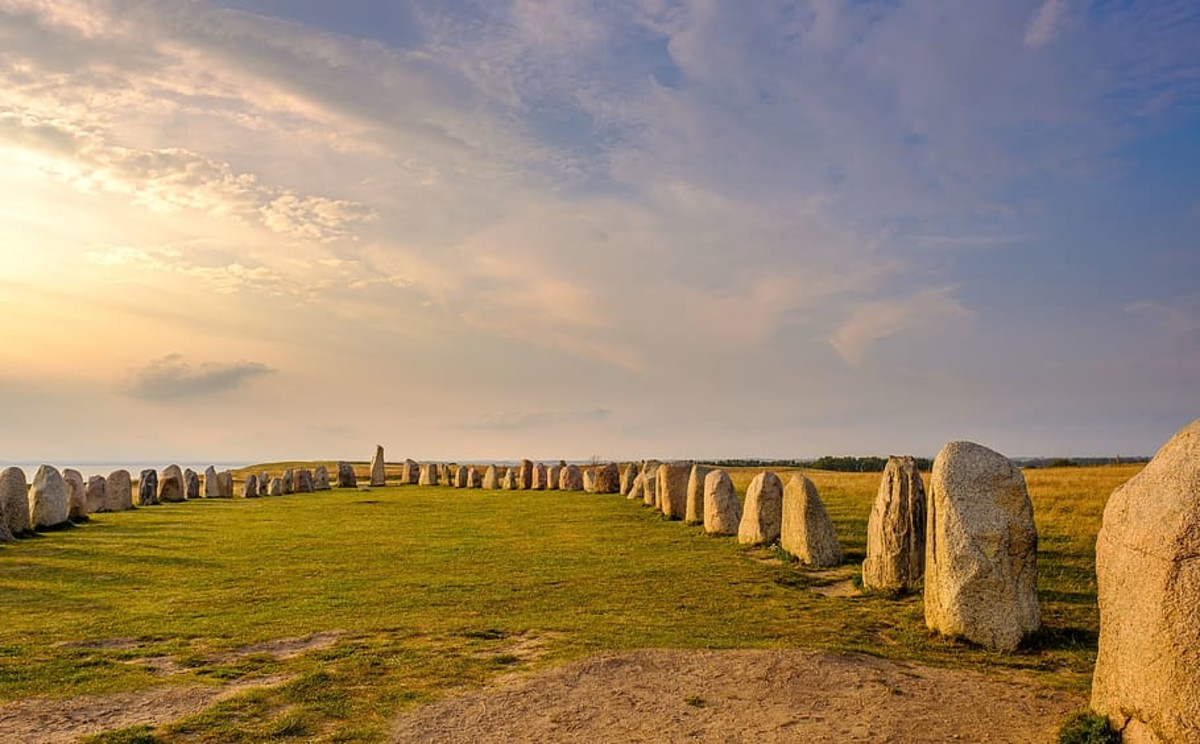How Nutmegs Conquered the World
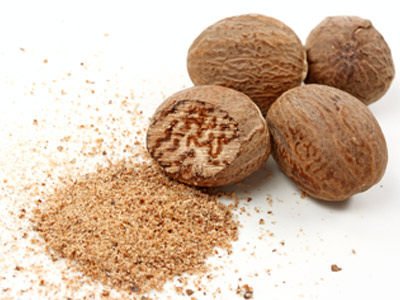
The Curious Spice
Placed on a spice rack in a typical supermarket, the reddish-brown spice doesn’t stand out from other spices. Some shoppers mistakenly assume it is a light-colored version of cinnamon until they read the label. Others simply ignore it, vying for more familiar ones.
However, what many of these consumers don’t realize is that this “unfamiliar" ground seed is found in many items in the store.
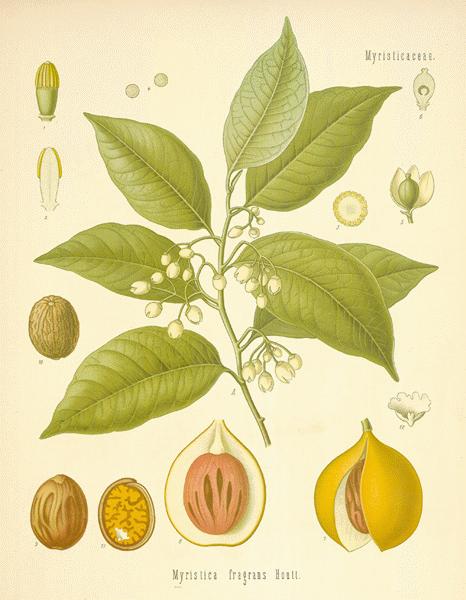
On top of that, the spice is known the world over as an essential ingredient for many popular beverages, foods, and baked goods.
Nutmeg is the spice in question. It originated from an island in the Indian Ocean, became a cash crop in the West Indies, and has been converted into numerous medicinal drugs, perfumes, incenses, oils as well as an addition to popular cuisines and desserts.
Also, it has been at the center of many trade deals, invasions, conflicts, colonization, and the building of nations.
What is Nutmeg?
Nutmeg is more than just a powder found in small plastic vials and sold for 99 cents. It is the fruit and seed from of the nutmeg tree, a large evergreen (myristica fragrans). The tree is native to the Banda Islands in the Indonesian province of Maluku (or Moluccas – the Spice Islands). Today, it is cultivated in the West Indies, in particular, Grenada (The Epicentre, 2006). From the moment it is planted to the day it is ready to be cultivated, it takes seven to nine years.
There are actually three parts: the fruit, the membrane, and the seed. Each part of it is edible and is used differently throughout the world.
The “fruit” part is known by several names. In Grenada it is called the pericarp, and is turned into a jam called mome delice. In Indonesia the fruit is either turned into a jam called selei buah pala or into a fragrant candy known as manisan pala (translated: nutmeg sweets).
In Japan it is used in varieties of curry powder. In the Middle East it is the main spice for several cuisines. The Dutch added it to vegetables such as Brussels sprouts, cauliflower, and string beans.
The second part of the nutmeg is mace, the scarlet covering surrounding the seed. Mace – also a spice - has a subtle taste and has an aroma similar to cinnamon and pepper. Like nutmeg, mace is often dried and grounded into a powdery form. It is used in place of nutmeg in omelets, béchamel sauces, or mashed potatoes as a mild alternative (Answers.com, 2011).
The seed is where the nutmeg spice comes from. It is dried, ground, and used in a variety of dishes. In Japan it is used in varieties of curry powder. In the Middle East it is the main spice for several cuisines. The Dutch added it to vegetables such as Brussels sprouts, cauliflower, and string beans.
In its ground form, it is used in eggnog, cider, and wine. Also, it has been used in mashed potatoes, egg or dairy products, smoothies, French toasts and pastries.
Also, nutmeg is used to make oil and butter. Nutmeg oil has the taste and aroma of nutmeg and is used as cooking oil, pharmaceuticals and cough syrup. Nutmeg butter is formed through expression. This product has been used in place of cocoa butter and as industrial lubricant.
In the United States, nutmeg oil is a flavoring used in the syrups to make colas, especially Coca-Cola.
The flavor of the nutmeg has been described as “nutty” and sweet with a light dosage of cinnamon.
Nutmeg as a Prized Commodity
Incredibly, nutmeg has had an indirect impact on history. It was a prized commodity that helped foster trade between nations and continents. Also, it had led to several conflicts, invasions, as well as an age of exploration.
Although the spice had been known and used throughout the Moluccas and Indonesia for years, nutmeg first came to the world’s attention through Arab traders. These traders introduced the spice to wider group of people, including Europeans in the Middle Ages.
Europeans immediately discovered the spice’s medicinal powers. It was used to treat various pains and ailments. In the Middle Ages, many believed it had magical powers. In the sixteenth century young men were advised to carry vials of nutmeg oil in order to sprinkle on their genitals to control sexual urges. Also, it was believed that placing a nutmeg under the left armpit before attending a social event would attract admirers.
Besides being used for medicine and as a food additive, nutmegs were used in jewelry and amulets. It was believed they could keep evil spirits away; in particular, many believed the nutmeg amulets could keep pain and diseases at bay.
The British Empire forcibly got into the nutmeg trade. After a few military skirmishes with the Dutch, the British took over the Moluccas in 1796. The empire was not content with keeping the cultivation to a few islands; they spread it to several East Indian islands and, eventually to the Caribbean Islands – all of which were under British control.
The Arabs became the exclusive importers of it. That is until famed explorer Vasco de Gama reached the Moluccas and claimed it for Portugal in 1512 (The Epicentre, 2006). The demand for the spice was already high. Thus, the Portuguese made sure to control and exploit the trees. It limited its cultivation to the islands of Banda and Amboina.
In 1602, the Dutch took over the Moluccas, along with the nutmeg trees. The trees were valuable and the Dutch were intent on keeping it out of the hands of other European powers. The biggest fear was that some country would get a hold of the seed and plant it in their territory. To prevent this, the Dutch bathed the seeds in lime to prevent it from growing.
However, the Dutch overlooked another menace: pigeons. The birds carried the fruits and scattered the seeds on other islands. Desperate to keep their prized spice under their control, the Dutch sent out search and destroy crews to control the spread (The Epicentre, 2006).
It was all in vain; The French, led by 18th century horticulturist and politician Pierre Poivre, smuggled nutmeg seeds out of the Moluccas. They eventually started a plantation on the island of Mauritius off the coast of Africa.
The British Empire forcibly got into the nutmeg trade. After a few military skirmishes with the Dutch, the British took over the Moluccas in 1796. The empire was not content with keeping the cultivation to a few islands; they spread it to several East Indian islands and, eventually to the Caribbean Islands – all of which were under British control.
As a result, the colony island of Grenada prospered. The cultivation of nutmeg had such a profound impact on this community that it would eventually become identified with it. In 1974 Grenada became an independent nation. To symbolize the spice that put it on the map, the new country’s flag was designed in its honor. It contains the colors of the nutmeg fruit and seed (green, yellow, and red) and has an image of a nutmeg in one corner.
Today, Grenada, New Guinea, India, and its original origin, the Moluccas, are major producers of nutmeg. The spices and fruit from the nutmeg trees have become a profitable industry.
Also, it’s a spice that anyone can acquire, even if one gets it confused with cinnamon.
Medicinal Uses
Interestingly, nutmeg has medicinal values. According to the website, The Epicentre, small dosage of the spice can reduce flatulence, aid digestion, improve appetite, and treat diarrhea, vomiting and nausea. However, too much of it can have the opposite effects such as hallucinations, vomiting and epileptic symptoms. Extremely large doses can cause death.
Its medicinal use is due to myristica oil found in the spice. Myristica oil contains myristicin, a narcotic. The oil can be removed from the nutmeg by heating the spice. Due to its positive effects, traces of nutmeg oil can be found in medication for rheumatic pain and dull toothache. Also, it is commonly found in mouth wash, toothpaste, cough syrup, and massage oils.
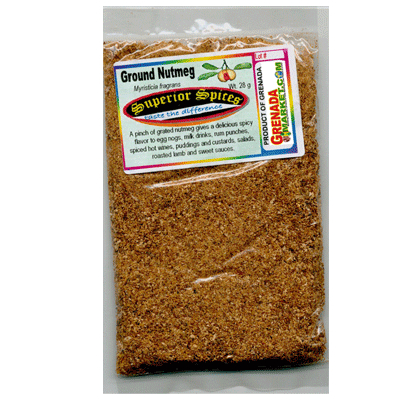
This content is accurate and true to the best of the author’s knowledge and is not meant to substitute for formal and individualized advice from a qualified professional.
© 2014 Dean Traylor



